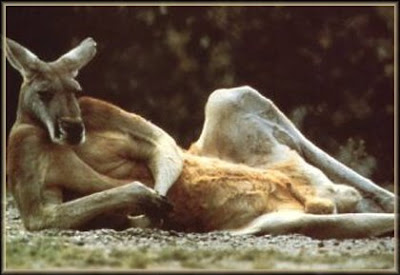Answering DK

. . . Update : A nice positional win today at Corus here . DK wrote in a comment: there was a time in the past that this would have been a private email, not a public post, but time and again you say you prefer this. here it is. my god, its even spell checked: ---------- Now that I have dispensed an obligation—the sending of extensive Caro-Kann material to you—I turn to a very different subject: the proffer of a question if not an implicit critical remark. So there I am—first supporting then a something else… I was as once gladdened then surprised at your remark here that you were going to study the Caro-Kann. I hope that i am not reading too much into it, but having deliberately held off from any study of the opening for a VERY long time as a matter of principle, now that I am doing so, am employing a rigorous approach. In fact, you might laugh, but a student of mine who is a candidate to be an International Master ASKED me about organizing his opening study, asked me about ho...






